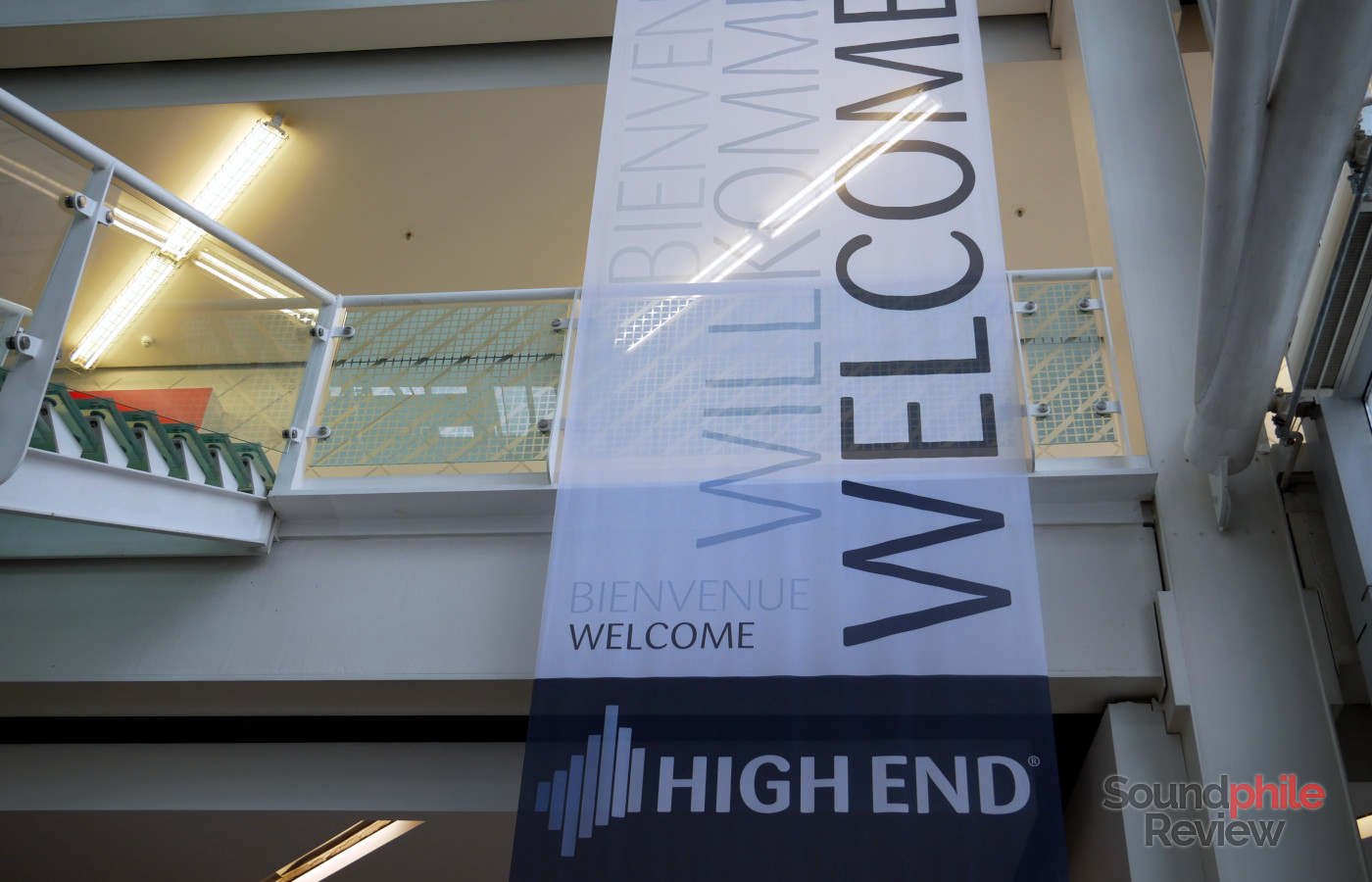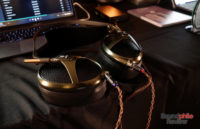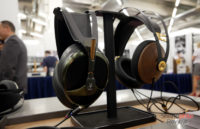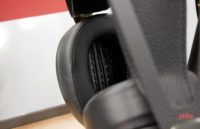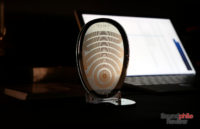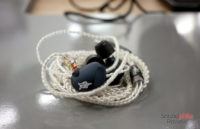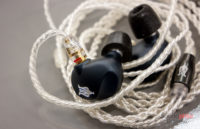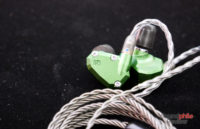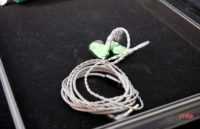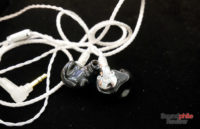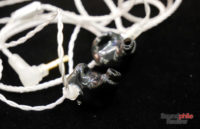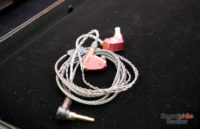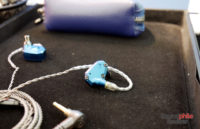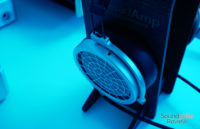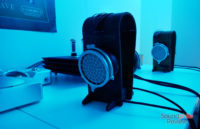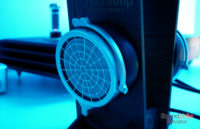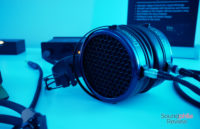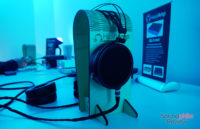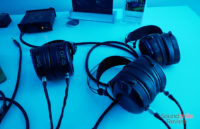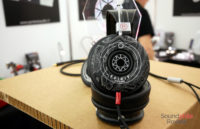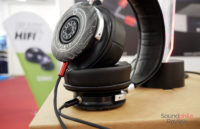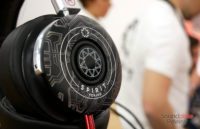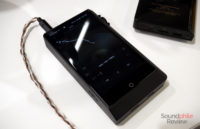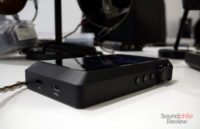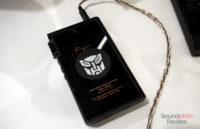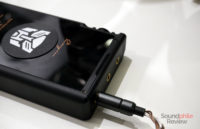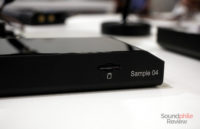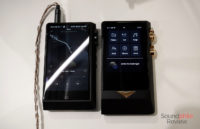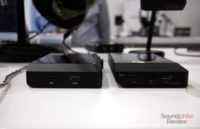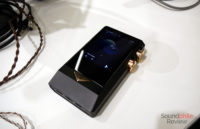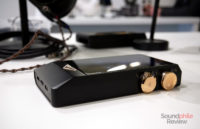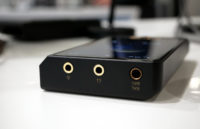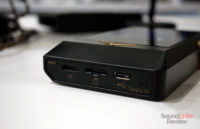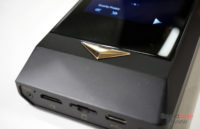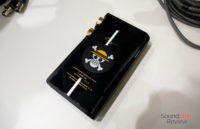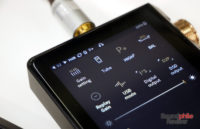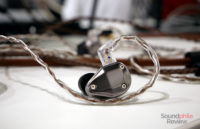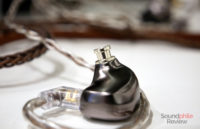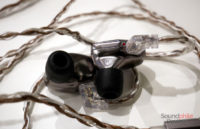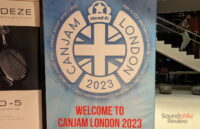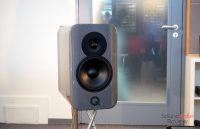The creme de la creme of audio is up for display in Munich, Germany, and this year I’m there to witness it. It’s a feast for visitors’ ears here, and there is much about anything audio-related on the showfloor. It’s really a dive in another world.
I am here thanks to Linsoul, who accepted to sponsor my trip. They cover most of the cost of being here. Their only condition was to mention they were doing this, so here we are.
Let’s start with the rundown of the things I saw!
Meze Audio
Meze had their well-known 99 Classics prominently displayed, but their most interesting products were the Empyrean, their first planar headphones, and the RAI Penta, their new hybrid in-ears.
The Empyrean are really big, just as their sound. They use a custom-made driver with an odd shape which sounds really good. I only tried them for a few minutes, but my impression was that of a very refined, warm sound with extended bass and lots of details. They surely are comfortable!
The RAI Penta are different, as they still are a bit warm but to a much lesser extent. Their bass is also less extended and prominent in the mix. Their design is really unique, but it’s comfortable.
I had a chat with Antonio Meze himself and he told me they are working on new in-ear headphones with less drivers but a similar signature to the RAI Penta. I really look forward to hearing them.
Campfire Audio
Just around the corner of Meze Audio (no, really) is Campfire Audio. The guys from CA have all of their products on show. They were really kind and helpful in explaining all of their products – they had the full line-up in display.
This was the first time I could finally try the Andromeda, after a lot of cheap Chinese clones (KZ ZS6, PHB, Revonext QT2 and QT3…). Though I was only able to listen to them for a few minutes, I really loved their sound. They are incredibly detailed and I see why they are hekd in such a high place among audiophiles.
I also had a chance to try the Cascade, but I could not get a good fit and there was too much noise in the background to get a good impression. They do seem rather interesting anyway, so I hope I’ll be able to try them for longer.
I also tried the IO, which they announced recently, and they seemed to me like a less refined version of the Andromeda. They have less bass extension and what seemed to me like a brighter signature. They sound incredibly good for the price, though.
I really hope I’ll be able to try them for longer in the future – stay tuned for that!
MrSpeakers
Dan’s products speak for themselves. They reached an almost cult status among audiophiles and I can see… erm, hear why. The Voce really blew my socks off. I listened to a vocal track and the (female) singer was right there with me. It sounded real, which is something not many headphones can claim to do. The system was composed of the Voce, the Hawaii Blue amp and the Chord Dave DAC. It’s hard to say more as I could only try the Voce for a few minutes, but they left a lasting impression on me.
The Ether 2 were also pretty impressive: their soundstage was really large and the sound was remarkably easy to listen to and natural. They were also insanely comfortable: they are very light headphones and their headband is really nice even for people with a very sensitive scalp like me (spoiler: this show as a whole has been a horrible experience for my scalp).
I had a great conversation with Dan about the current situation of the headphone world and where it’s moving. We discussed about the fact that the headphone world is moving towards more affordable solutions with greater value: the market tends to offer better products at lower prices and we can expect to see much better products in a few years without significant price hikes, although the top end is also becoming larger and more expensive (but also better!).
Another thing we discussed about is comfort. Dan told me he specifically designs his headphones to be as comfortable as possible, as headphones that sound good but aren’t comfortable are of no value to the user. He made the example of a concert venue with uncomfortable seating: if the seat is so uncomfortable that you have to leave after half an hour of music, then you are not really enjoying the concert and your money is wasted. The same applies to headphones (and the Aeon were designed so to be comfortable even when sleeping, by the way).
The last thing was about how headphones are tuned. One point Dan raised was that we always talk about how headphones sound by dividing the sound in lows, mids and highs – but that does not represent the whole of the sound and does not lead to a clear picture of how the headphones portray music as a whole. Coherence and naturalness of sound are often not discussed, but those are the qualities that set apart enjoyable headphones from not enjoyable ones. That made me think about how I write reviews myself and I will try to incorporate more “full picture” considerations in my reviews in the future.
Spirit Torino
This rapidly-growing Italian company showcased their newest model, called Radiante (literally radiating). It is their first closed-back model and it uses the same drivers as their other headphones, but it also uses a bass reflex driver on the back of the earcups to better manage bass response. The design and construction are similar to those of the previous models, so they’re still pretty heavy and not really comfortable over longer periods of time.
Their sound signature is still heavily V-shaped, with a large focus on bass and sizzling highs. It’s not my cup of tea in terms of tuning, but technically they are impressive as they really show a large amount of detail and their soundstage is large for a closed-back.
I have their Grande at home and I’ll be publishing a review – keep an eye out for that. I hope that the Radiante or another product (their Superleggera, as an example) will be next.
Cayin
Cayin recently introduced the new N6ii, a high-end player thst has a similar design to the N8 but different internals (starting with a modular approach and the use of Android as the OS). The base platform, both hardware and software, is provided by HiBy as it was for the Cayin N5ii. There is a clear difference this time, as the player is much better equipped in terms of hardware and the software seems to be much, much better. Many of the flaws I found in the N5ii were not there and some architectural choices were changed (for the better). The device is just a tad smaller than the N8, however without (yet) having fancy features like tube amplification.
I spoke with Andy Kong who told me that at least three modules are coming to the market in the next year and that, depending on how sales go (the N6ii will retail for ~$1,200), they will look into developing further modules, including one with tubes. The modules are full audio platforms, so to speak, as they include DAC, amplifier and everything else needed for the player to work with headphones. One could theoretically remove the module and have the player work as a digital transport.
I won’t delve into the differences between the N8 and the N6ii, or in the sound analysis of either player – I spent way too little time with the players for my impression to be worth anything. I just felt the N6ii to be a worthwhile upgrade over the N5ii, even though it costs twice as much as the N5iiS. By the way, I asked Andy about the possibility of a player with a price lower than the N6ii and higher than the N5iiS, and he told me it is not in Cayin’s plans. A lower-tiered product, however, will be developed, so we can expect a Cayin N3ii to be out sometimes in the future (maybe next year?).
The other product I tried is Cayin’s new earphones. These ~$500 hybrid IEMs are really nice, and I’m not only talking from a design perspective. Their sound seems to be well balanced with a hint of warmth, and their isolation is really good. That’s as far as I can say from the time I spent with them.
More material about the following days is coming – stay tuned for the full coverage of the Munich High End 2019!

